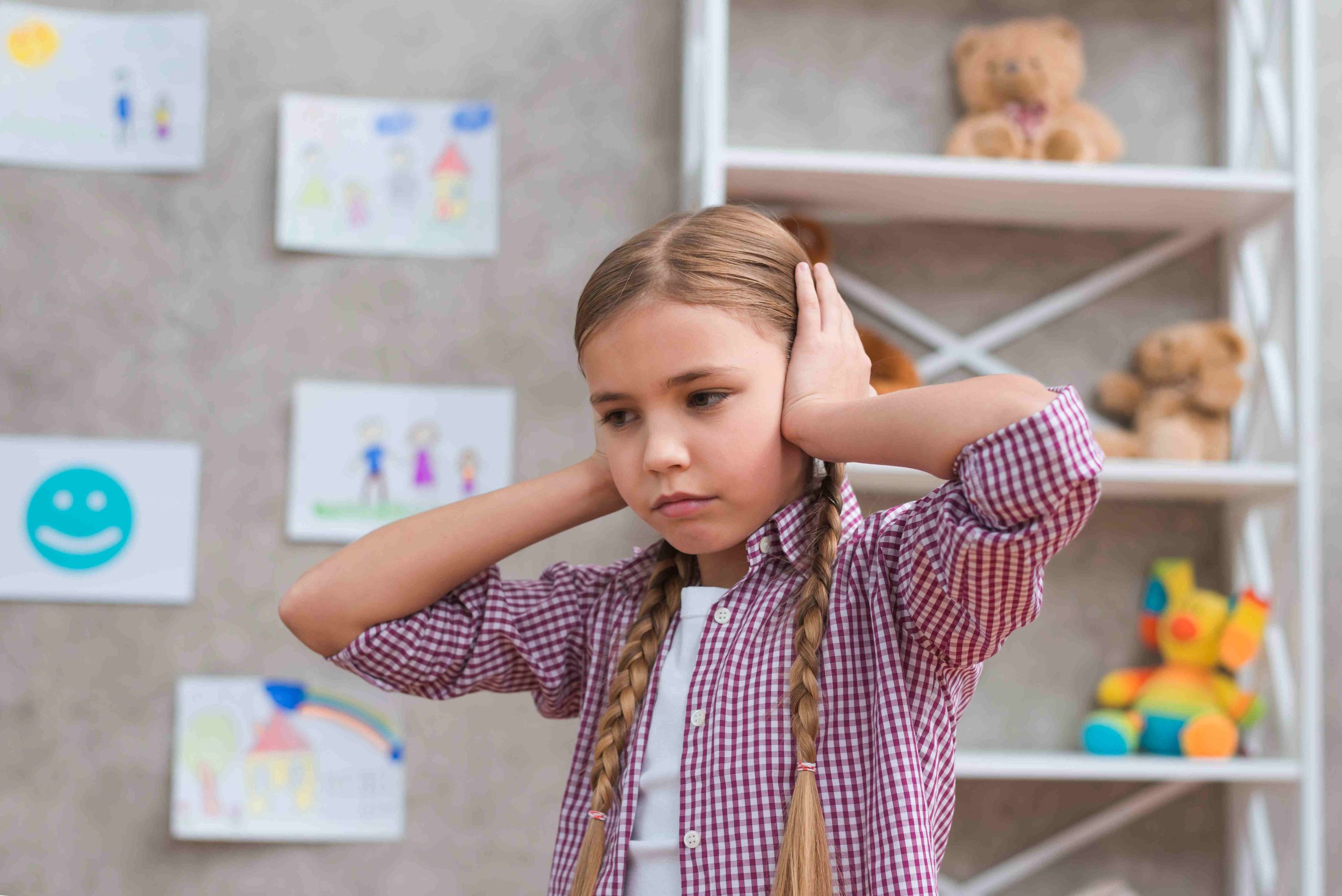
Nurturing Preschoolers’ Emotional Well-being: Addressing Repercussion Worries
Introduction:
Preschoolers are not immune to worries and fears. While they may be small in stature, their imaginations and thoughts can often lead them to worry about potential repercussions. Understanding and supporting preschoolers through these worries is essential for their emotional well-being and development. In this article, we will explore the nature of preschoolers’ worries about repercussions, delve into the factors that contribute to them, and discuss effective strategies for addressing and alleviating these concerns.
I. The Nature of Preschoolers’ Worries about Repercussions
Preschoolers’ worries about repercussions stem from their growing awareness of cause and effect. They may fear the consequences of their actions or worry about negative outcomes resulting from everyday situations. These worries can range from minor concerns, such as spilling milk or breaking toys, to more significant worries, such as upsetting loved ones or facing punishment.
II. Factors Contributing to Worries about Repercussions
III. Addressing Worries about Repercussions
Create a Safe and Supportive Environment
Foster an environment where preschoolers feel safe to express their worries and concerns without fear of judgment or punishment. Encourage open communication and active listening to understand their worries better. Assure preschoolers that it is normal to have worries and that they can rely on trusted adults for support and guidance.
Validate and Empathize with Their Worries
Validate preschoolers’ worries by acknowledging their feelings and showing empathy. Let them know that it is natural to worry about consequences. Use phrases like “I understand you’re worried about what might happen” or “It’s okay to feel concerned about the outcome.” Avoid dismissing or trivializing their worries, as this may undermine their trust and discourage them from sharing their concerns in the future.
Offer Reassurance and Realistic Perspective
Provide preschoolers with age-appropriate information to help them gain a realistic perspective on potential consequences.Reassure them that mistakes and accidents happen, and that learning from them is a part of growing up. Encourage positive self-talk and emphasize their abilities to handle challenges and learn from their experiences.
Teach Problem-Solving and Decision-Making Skills
Help preschoolers develop problem-solving skills to address their worries. Encourage them to think through possible solutions and consider the potential outcomes. Guide them in making informed decisions by weighing the pros and cons of different choices. Role-play hypothetical situations to help preschoolers practice decision-making and consider the potential consequences.
IV. Strategies for Alleviating Worries about Repercussions
Positive Modelling and Encouragement
Model positive and responsible behavior to preschoolers. Demonstrate how to take appropriate actions and manage potential repercussions calmly and responsibly. Provide praise and encouragement when preschoolers demonstrate responsible behavior or handle situations well. Reinforce the idea that mistakes are opportunities for growth and improvement.
Building Emotional Resilience
Teach preschoolers emotional regulation techniques, such as deep breathing or mindfulness exercises, to manage worries and anxieties. Foster a growth mindset by emphasizing effort, persistence, and the ability to learn from mistakes. Encourage them to express their feelings through creative outlets like drawing, storytelling, or role-playing.
Encouraging a Supportive Peer Environment
Foster a classroom or social setting where preschoolers support and encourage one another. Teach empathy and kindness, emphasizing the importance of understanding and respecting each other’s feelings and experiences. Engage in activities that promote cooperation and teamwork, helping preschoolers understand that mistakes and setbacks are part of the learning process for everyone.
V. Collaboration with Families
Maintain open and regular communication with families to gain insights into preschoolers’ worries and concerns outside the educational setting. Share strategies used in the classroom and seek input from families on successful approaches they use at home. Collaborate with families to create a consistent and supportive approach in addressing preschoolers’ worries about repercussions.
Conclusion:
Preschoolers’ worries about repercussions are a natural part of their development as they navigate cause and effect relationships. By understanding the nature of these worries, recognizing contributing factors, and implementing effective strategies to address and alleviate concerns, educators and caregivers can create a supportive environment where preschoolers feel safe to explore, take risks, and grow emotionally.
Remember, each preschooler is unique, and it is essential to tailor strategies to their individual needs and developmental stage. By fostering open communication, providing reassurance, teaching problem-solving skills, and encouraging positive modelling and resilience, we can support preschoolers in overcoming their worries and develop confidence in navigating potential consequences.
Together, let us foster a sense of security and empower preschoolers to embrace challenges, learn from their experiences, and grow into resilient individuals who can face life’s uncertainties with courage and confidence.
V. Teaching Emotional Regulation Strategies
VI. Building Resilience and Coping Skills
VII. Encouraging Supportive Relationships
VIII. Creating a Predictable and Calm Environment
IX. Collaboration with Families and Caregivers
Preschoolers can develop effective emotional regulation strategies when provided with the necessary support, guidance, and tools. By teaching them to recognize and label their emotions, providing coping strategies, fostering resilience, encouraging supportive relationships, creating a calm environment, and collaborating with families, educators and caregivers can help preschoolers navigate and manage their emotions effectively.
Remember that each preschooler is unique, and it’s important to tailor strategies to their individual needs and developmental stage. By nurturing their emotional well-being, we empower preschoolers to navigate the complexities of their emotions, build healthy relationships, and thrive in their overall development.
Let us continue to create an environment where preschoolers feel valued, supported, and equipped with the skills they need to regulate their emotions and face the challenges that come their way. Together, we can help them develop lifelong emotional resilience and well-being.
X. Encouraging Self-Reflection and Expression
XI. Seeking Professional Support
Conclusion:
Preschoolers’ worries about repercussions are a natural part of their emotional development. By providing them with effective emotional regulation strategies, fostering resilience, promoting self-reflection and expression, and seeking professional support when needed, we can help preschoolers navigate their worries and build a solid foundation for their emotional well-being.
Remember to approach preschoolers’ worries with empathy, understanding, and patience. Each child is unique, and it is important to tailor strategies to their individual needs and developmental stage. By supporting them in managing their worries, we empower preschoolers to develop emotional resilience, self-awareness, and the skills to thrive in their social and emotional lives.
Together, let us create an environment that nurtures preschoolers’ emotional well-being, fosters their emotional growth, and equips them with the tools they need to navigate life’s challenges with confidence and resilience.


